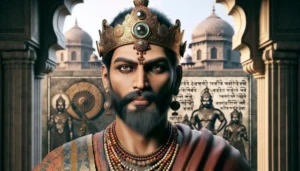The French Revolution, spanning from 1789 to 1799, signified a profound era of radical political and societal transformation in France, which was propelled by the bourgeoisie’s quest for political sovereignty, peasants’ dissatisfaction with feudal burdens, and the enlightening strokes of intellectual movements inspired by the Enlightenment.
This pivotal epoch not only marked the decline of absolute monarchies across Europe but also aimed to redefine the dynamics of power between rulers and the governed, influenced significantly by the philosophes’ push for social reform and their widespread dissemination of revolutionary ideas through societies of thought.

As we delve into the historical intricacies and the timeline of the French Revolution, from its ignited spark in 1789 to the revolutionary wars and the Reign of Terror, this article will explore the revolution’s deep-rooted causes and its wide-spanning effects on France and the global stage. Beyond the upheaval and societal shifts, the revolution catalyzed, it stands as a testament to the enduring quest for liberty, equality, and fraternity. Understanding its timeline, from the notable dates to its culminating events, offers a comprehensive French Revolution summary that reveals the dramatic reshaping of France and its ripple effects worldwide.
The Lead-up to the Revolution
Aristocratic Revolt and Financial Crisis
- Initial Sparks of Revolution: The French Revolution was precipitated by an aristocratic revolt from 1787 to 1789, where Charles-Alexandre de Calonne, a key financial advisor, attempted regulatory control over pamphlet distribution and convened an assembly of notables to address the fiscal deficit.
- Convening the Estates-General: The Estates-General, dormant since 1614, was summoned in response to the revolt by these aristocratic bodies, including the parlements, marking a crucial moment in escalating tensions.
- Division and Declaration: When the Estates-General convened at Versailles on May 5, 1789, a significant dispute erupted over the voting process, leading the Third Estate deputies to form the National Assembly on June 17, signaling a bold move towards self-governance.
Societal Strains and Economic Hardships
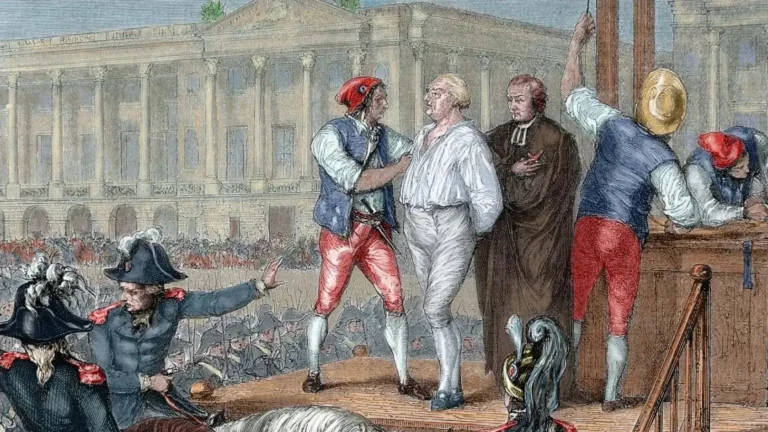
- Monarchical and Financial Instability: Prior to the revolution, France was characterized by an absolute monarchy, heavily indebted and undermined by an inefficient financial system plagued by tax exemptions for the nobility and a lack of direct taxation.
- Tax Burden on the Third Estate: The societal structure was sharply divided into three estates, with the third estate, comprising 90% of the population, shouldering the entirety of the tax burden, exacerbating economic disparities.
- Cost of Living and Poor Harvests: Between 1741 and 1785, the real cost of living surged by 62%, compounded by poor harvests in 1788 and 1789, likely influenced by the 1783 Laki eruption in Iceland, which led to skyrocketing bread prices and reduced wages.
Enlightenment Influence and Royal Discontent
- Philosophical Underpinnings: Enlightenment thinkers like Rousseau, Voltaire, and Montesquieu championed reason, progress, and individual rights, deeply influencing public discontent with the existing social and political order.
- Royal Resentment: The monarchy, particularly personified by Marie Antoinette with her lavish expenditures, faced intense scrutiny and public resentment, earning her the pejorative “Madame Deficit”.
Military and Political Undercurrents
- Napoleon Bonaparte’s Early Involvement: Born in 1769, Napoleon Bonaparte graduated from the École Militaire in 1785, beginning his military career and aligning with the Jacobin movement, which played a significant role during the revolution.
- Rising Military Career Amidst Political Chaos: Despite controversies, including exceeding his leave and participating in a riot, Bonaparte rose to the rank of captain in the regular army by 1792, amidst the burgeoning revolutionary fervor.
Key Events of 1789
The National Constituent Assembly and the Declaration of the Rights of Man

- Formation of the National Constituent Assembly: On July 9, 1789, the assembly formerly known as the Third Estate reconstituted itself as the National Constituent Assembly, aiming to craft a constitution that reflected the general will.
- Declaration of the Rights of Man and of the Citizen: Subsequently, on August 26, 1789, the Assembly promulgated the Declaration of the Rights of Man and of the Citizen. This pivotal document asserted universal principles such as liberty, equality, the inviolability of property, and the right to resist oppression, laying the foundational ideals of modern democratic governance.
The Tennis Court Oath: A Vow for a Constitution
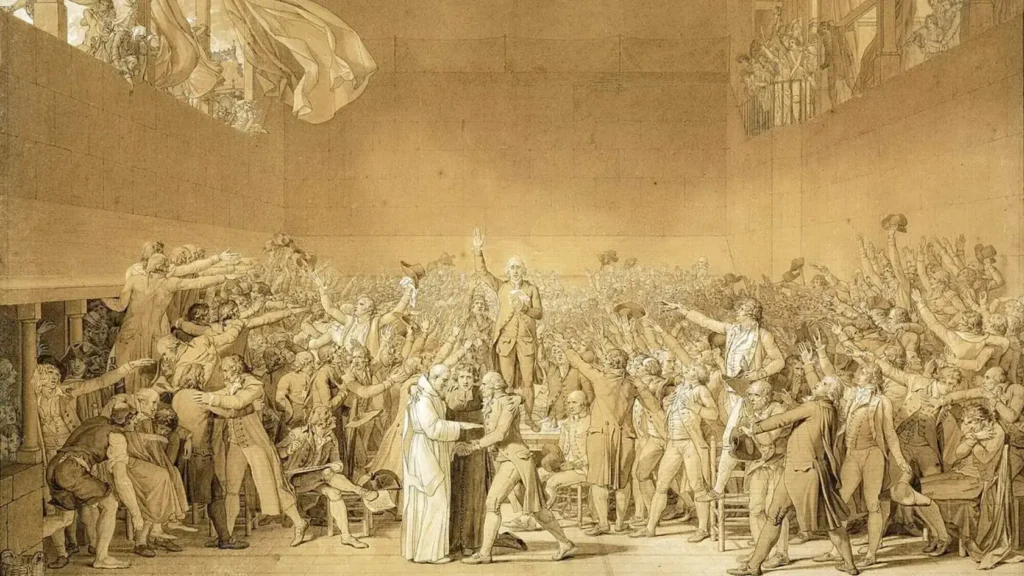
- Unyielding Commitment to a Constitution: The Tennis Court Oath, taken by the members of the Third Estate, was a bold pledge not to disband until a new constitution was established. This act of defiance occurred in an indoor tennis court, signifying unity and determination among the revolutionaries.
The Storming of the Bastille: A Symbolic Uprising
- A Defining Moment: The storming of the Bastille on July 14, 1789, remains one of the most iconic events of the French Revolution. This event did not just challenge the physical structure of the prison but also symbolically marked the beginning of the end for the Bourbon monarchy. It underscored the rising power of the common people in French politics.
Overview of Key Revolutionary Events
- Pivotal Developments in 1789: The year 1789 was marked by significant events that shaped the course of the French Revolution. These included the storming of the Bastille, the formulation of the Declaration of the Rights of Man, and the unyielding spirit of the Tennis Court Oath. Each of these events played a crucial role in dismantling the old regime and setting the stage for radical social and political transformations in France and across Europe.
The Reign of Terror
Overview of the Reign of Terror
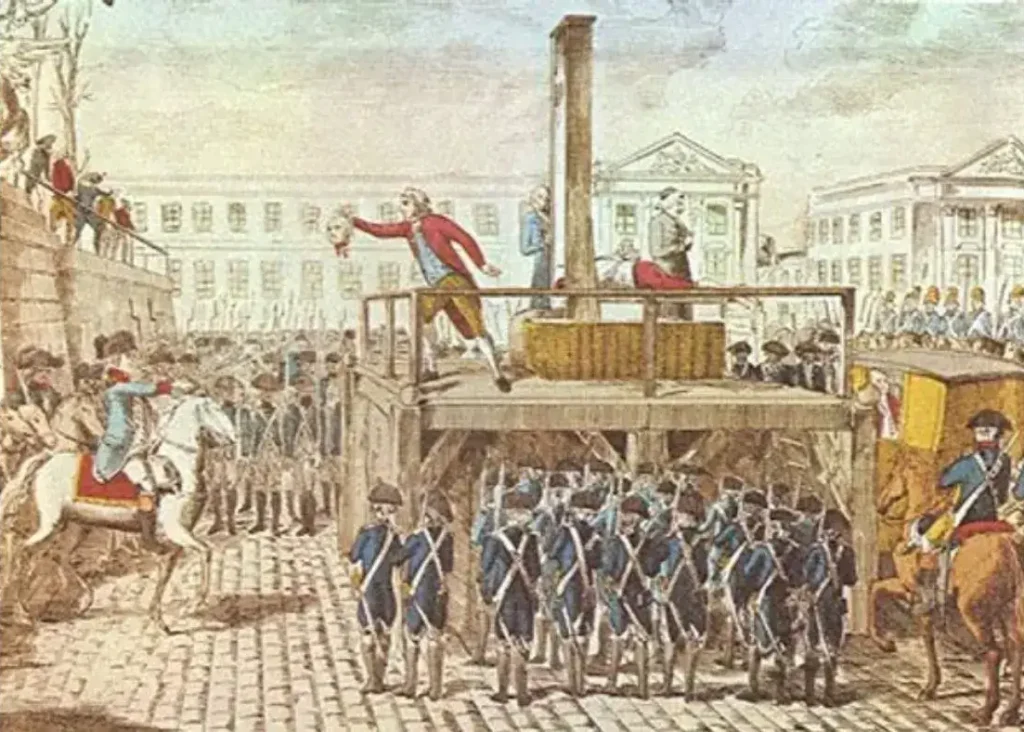
The Reign of Terror, spanning from September 1793 to July 1794, marked a period of extreme violence during the French Revolution, initiated by the Committee of Public Safety to suppress counter-revolutionary movements and stabilize the country. This phase was characterized by mass executions, including the use of the guillotine, and rigorous repressions against those perceived as enemies of the revolution.
Key Figures and Policies
- Maximilien Robespierre: As a leader of the Jacobin Club and a prominent figure in the Committee of Public Safety, Robespierre was instrumental in implementing policies that intensified the Terror. He advocated for the use of terror as a tool of justice to protect the republic from internal threats.
- The Committee of Public Safety: This body played a central role, exercising almost dictatorial control over France, and was responsible for numerous policies that led to widespread terror.
Impact and Consequences
- Casualties: The Terror resulted in the deaths of approximately 16,594 people through formal executions, and estimates suggest that between 30,000 to 50,000 died due to various causes related to the Terror, including prison deaths and extrajudicial killings.
- Economic and Social Policies: The government imposed stringent controls over food supplies, leading to forced grain requisitions from peasants. Churches were also closed and repurposed, reflecting the anti-clerical sentiment of the period.
- Legal Reforms: Laws such as the Law of Suspects and the Law of 22 Prairial were enacted to expedite trials and increase the number of executions, a period known as the Great Terror.
Military Developments
- Conscription and the Army: The levée en masse, or mass conscription, helped raise a large army that was crucial in defending France from foreign invaders and played a significant role in the later stages of the wars associated with the Revolution.
Decline and End of the Terror
The fall of Robespierre on 9 Thermidor Year II (27 July 1794) marked the end of the Reign of Terror. His arrest and execution, along with that of his close associates, led to the dismantling of the policies associated with the Terror and a subsequent shift in the revolutionary government’s approach.
Rise of Napoleon Bonaparte
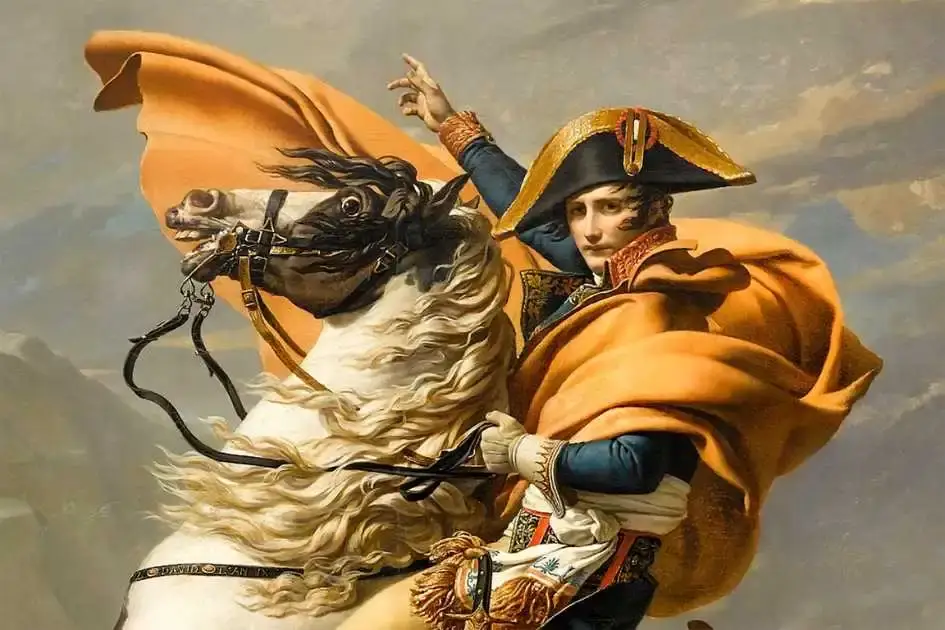
Strategic Ascendancy and Reforms
- Coup d’Etat and Rise to Power: Napoleon Bonaparte’s ascent began dramatically with a coup d’état in November 1799, positioning him as the First Consul of France, effectively placing him at the helm of the French government.
- Military and Political Maneuvers: Leveraging the power vacuum created by the French Revolution, Napoleon rapidly ascended in the political arena, capitalizing on the absence of strong leadership and the revolutionary fervor that had destabilized traditional hierarchies.
- Emperor of the French: By 1804, Napoleon had consolidated his power sufficiently to crown himself Emperor of the French, a role he maintained until 1814 and briefly in 1815, marking a significant transformation in French leadership.
- Legal and Administrative Reforms: Among his notable reforms, the introduction of the Napoleonic Code in 1804 stands out. This legal framework not only modernized French law but also laid foundational principles that influenced numerous legal systems around the world.
- Expansion of French Influence: Under Napoleon’s rule, France engaged in extensive military campaigns across Europe, significantly altering the continent’s geopolitical landscape and establishing France as a dominant global power during his reign.
Impact on European History
- Codification of Laws: The Napoleonic Code was a revolutionary legal structure that integrated clear, accessible laws and was subsequently adopted in various forms across many European jurisdictions.
- Military Innovations and Campaigns: Napoleon’s strategic military initiatives not only expanded French territories but also introduced new levels of organization and strategy into military conduct, which were studied and emulated across Europe.
- Economic and Metric Reforms: His reforms extended to the economic sector, including the protection of private property and standardization of weights and measures through the decimal system, which streamlined trade and economic interactions in and beyond France.
Personal and Political Networks
- Alliances Through Marriage: Napoleon’s marriage to Josephine de Beauharnais provided him with critical political and social connections, which were instrumental in his rise to power, aligning him with influential figures within the Directory government.
- Utilization of Foreign Campaigns: His leadership during the 1796 Italian campaign exemplified his ability to harness military engagements abroad to bolster his political stature at home, enhancing his reputation as a formidable leader and strategist.
Military Leadership and Promotion
- Rapid Promotion: The revolutionary wars led to the death of many senior military officers, creating opportunities for young, ambitious leaders like Napoleon to rise quickly through the ranks due to the scarcity of experienced military leadership.
This detailed examination of Napoleon Bonaparte’s rise highlights his strategic use of political upheaval and military skill to transform not only French society but also significantly impact the broader European historical landscape.
Impact on France and the World
Spread of Revolutionary Ideals
- Nationalism and Democracy: The French Revolution ignited a widespread adoption of nationalism and democracy across various nations. The spirit of fighting against unjust rule took root globally as countries were introduced to democratic ideologies.
- Secularism in Governance: A significant shift occurred in the separation of politics from religion, promoting secularism and influencing global political structures.
- End of Absolute Monarchy: In France, the revolution marked the definitive end of absolute monarchy, setting a precedent for modern governance systems.
Socio-Political Reforms
- Rise of Republics: The revolutionary ideas led to the rise of republicanism, with many countries adopting forms of government that emphasize democracy and public involvement in political processes.
- Inspiration for Global Revolutions: Inspired by the French Revolution, other significant revolutions such as the Haitian Revolution emerged, leading to the establishment of new republics and the spread of revolutionary ideals.
- Equality and Liberty: The concepts of equality and liberty were promoted extensively, influencing social reforms and revolutions around the world.
Economic and Legal Transformations
- Feudalism to Meritocracy: The decline of feudalism and the rise of a meritocratic system emphasized individual rights and capabilities over hereditary privileges.
- Capitalism and Economic Redistribution: The revolution catalyzed the emergence of capitalism and significantly altered the distribution of land and wealth within France, impacting the broader economic landscape.
- Global Trade Impacts: The disruption of traditional economic systems extended beyond Europe, affecting global trade and commerce practices.
Lasting Global Influences
- Metric System and Napoleonic Code: The establishment of the metric system and the Napoleonic Code during the post-revolutionary period set new international standards in measurement and law.
- Economic Policies: New economic policies introduced during the revolution aimed at creating a more equitable society, although they also led to periods of economic instability.
- Complex Legacy: The legacy of the French Revolution is multifaceted, with its promotion of democracy and secularism weighed against the political instability and violence that it also engendered.
Conclusion
Through this exploration, we have delved into the French Revolution’s tumultuous journey, from its roots in aristocratic dissent, economic strife, and the Enlightenment’s influence, to the radical societal and political upheavals that reshaped France and echoed across the globe.
The revolution’s legacy, marked by the promotion of liberty, equality, and fraternity, alongside the rise of Napoleon Bonaparte, reflects a pivotal shift towards modern democratic governance and the decline of absolute monarchies. The cascading effects of these events underscored the power of collective action and the enduring impact of revolutionary ideals, influencing countless movements and reforms worldwide.
As we reflect on the historical significance of the French Revolution, it becomes clear that its ramifications extend far beyond the borders of France, serving as a beacon for nations and peoples in pursuit of self-determination and democratic rights.
The revolution set forth a wave of socio-political and legal transformations, establishing principles that continue to underpin modern societies. This narrative not only chronicles a critical period of change but also invites ongoing discussion about the balance between authority and liberty, the role of government in citizens’ lives, and the quest for equality. In doing so, it beckons further research and contemplation on how the lessons of the past can inform future generations in crafting just, equitable societies.

